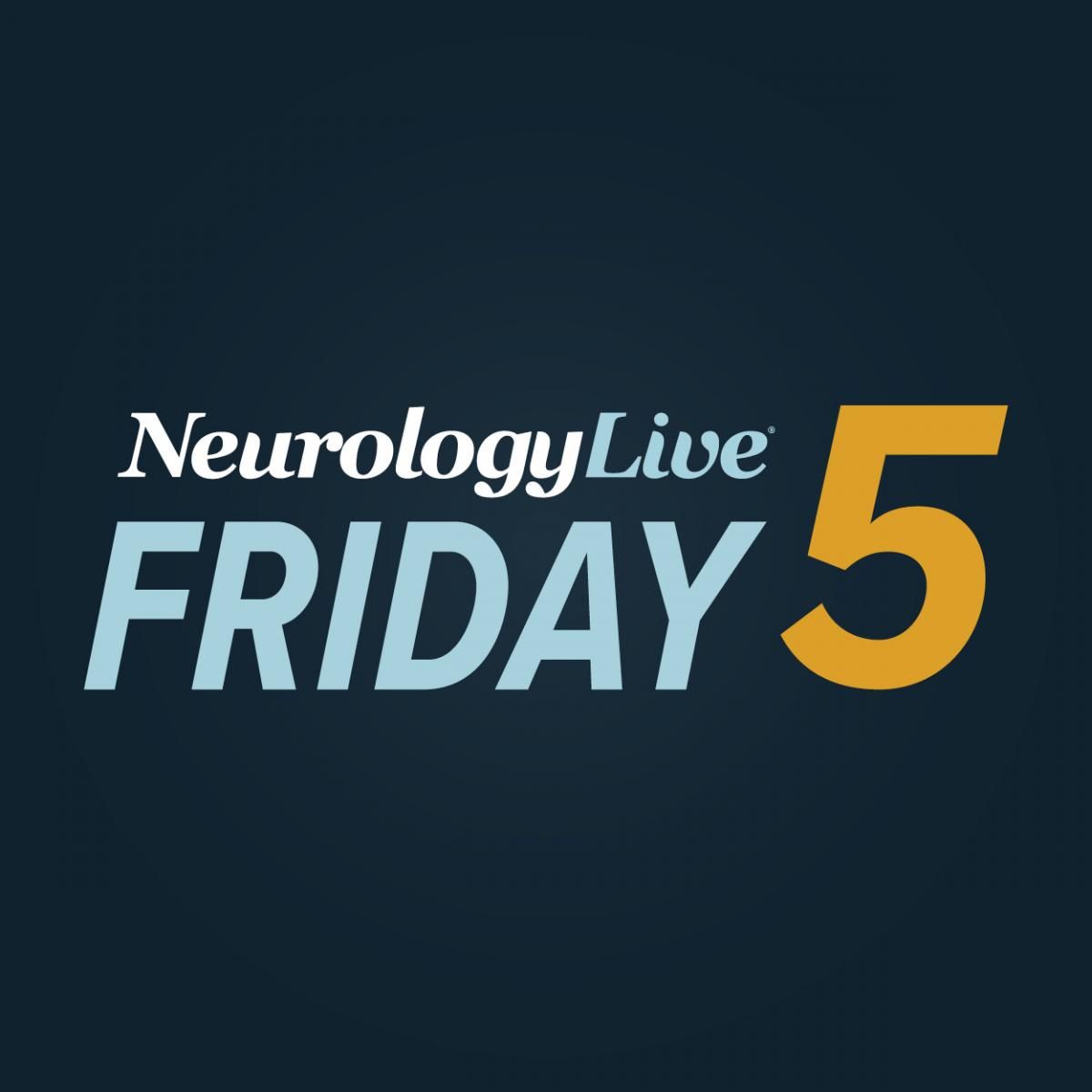News
Article
FDA Expands Diazepam Nasal Spray Indication to Treat Ages 2 to 5
Author(s):
Key Takeaways
- The FDA has approved Valtoco for children aged 2-5, expanding its use for treating seizure clusters in younger patients.
- Valtoco's intranasal administration allows rapid absorption, bypassing first-pass metabolism, making it effective in emergency seizure situations.
The intranasal treatment, originally marketed in 2020, will now be available for patients with acute repetitive seizures as young as 2 years old.
Eric Segal, MD

The FDA has approved an expanded indication for diazepam nasal spray (Valtoco; Neurelis), now allowing its use in children ages 2 to 5 for the treatment of seizure clusters, also known as acute repetitive seizures. Previously approved for patients aged 6 and older, this update broadens access to an important rescue therapy for younger children experiencing recurrent seizures.1
Valtoco, a nasal spray formulation of diazepam, was originally approved in 2020 under the 505(b)(2) regulatory pathway as the first intranasal rescue formulation for patients with seizure clusters aged 6 and older.2 Through the intranasal route of administration, it allows the treatment to be rapidly absorbed through the highly vascularized nasal mucosa, as well as avoidance of first-pass metabolism. For years, diazepam nasal spray has been considered a faster and easier option in emergency seizure situations, especially in community or home settings.
"The FDA's decision to approve VALTOCO for use in early childhood highlights the established balanced safety and efficacy profile," Eric Segal, MD, director of pediatric epilepsy at Northeast Regional Epilepsy Group and Hackensack University Medical Center, said in a statement.1 "VALTOCO fills a large unmet need for children with seizures and their families. I am hopeful that this product will improve quality of life for this specific population."
An analysis presented at the 2025 American Academy of Neurology (AAN) Annual Meeting, held April 5-9, in San Diego, California, further supported the safety and efficacy of the treatment in those aged 2-6. The study, a combined cohort analysis, comprised data from an ongoing study of patients aged 2-5, and from the long-term safety study of patients 6-11, 12-17. Testing time from treatment to seizure episode termination, the analysis also included a separate group of patients aged 18-65 years.3
In a breakdown of seizure episodes treated after T1 across age groups, generalized seizures were most commonly treated in children aged 2–5 years (38.5%), followed by adults ≥18 years (20.9%), with median times to termination of 1 and 15 minutes, respectively. In comparison, focal seizures were most frequently treated in adults (26.5%), though rare in younger groups, with median termination times ranging from 2 minutes (2–5 years) to 110 minutes (6–11 years), highlighting age-related differences in both seizure type and treatment response.
READ MORE: Revolutionizing Neurology Care: Previewing Cleveland Clinic’s New Neurological Institute
In terms of safety, 8 status epilepticus episodes were reported as not treatment-related serious treatment-emergent adverse events (TEAEs) requiring hospitalization/prolongation by 5 patients aged 2-5 (13.9%; n = 36), 7 episodes in 5 patients aged 6-11 (11.1%; n = 45); 2 episodes in 1 patient 12-17 (3.0%; n = 33), and 1 episode in 1 patient at least 18 years of age (1.2%; n = 85). Overall, investigators concluded that the safety profile of the therapy was supported by the data, which featured a range of patients aged 2-65 with seizure episodes.
"For children who have episodes of frequent seizures, the current standard of care requiring rectal administration of medication to stop a seizure can be a significant challenge for caregivers and children alike," Jurriaan M. Peters, MD, PhD, director, Localization Laboratory, Division of Epilepsy and Clinical Neurophysiology, Boston Children’s Hospital, and associate professor of neurology, Harvard Medical School, said in a statement. "Approval of an immediate-use intranasal diazepam treatment that can be given at any time, even while a child is actively seizing, in this young age group is an important advance for the epilepsy community."
Valtoco is currently contraindicated in patients with acute narrow-angle glaucoma and those with a known hypersensitivity to diazepam. The treatment is given on a weight-based dosing, with doses of 5 mg, 10 mg, 15 mg, and 20 mg available. Patients on the treatment may face nasal effects, such as nasal discomfort, epistaxis, or congestion. Even with the new indication, the treatment is classified as a Schedule IV controlled substance due to its risk of abuse, misuse, and addiction, especially in individuals with a history of substance use disorder.
Since its original approval, there have been several analyses highlighting the treatment effects of diazepam nasal spray, including published data demonstrating its impact on prolonging time intervals between seizure clusters. The analysis, published in Epilepsia in 2022, included a cohort of 163 patients from a phase 3, open-label, repeat-dose safety study conducted from April 2016 to June 2020.4
In the study, for those who received consistent treatment from Period 1 (day 0) to Period 4 (day 360) the mean number of seizure clusters treated was 9.0 in Period 1, 7.9 in Period 2, 8.4 in Period 3, and 6.6 in Period 4. Similarly, median SEIVALS increased significantly from Periods 2 to 4 compared with Period 1 (For those who received consistent treatment from Period 1 (day 0) to Period 4 (day 360) the mean number of seizure clusters treated was 9.0 in Period 1, 7.9 in Period 2, 8.4 in Period 3, and 6.6 in Period 4. Similarly, median SEIVALS increased significantly from Periods 2 to 4 compared with Period 1 (P <.01). Additionally, SEIVAL increased from 12.2 days in Period 1 to 25.7 days in Period 4. In terms of duration of exposure to diazepam nasal spray, the mean change in SEIVAL was similar among those with exposure of less than 12 months (mean change, 28.3 days; n = 6) compared with the larger group who were exposed for more than a year (mean change, 21.4 days; n = 81).In terms of duration of exposure to diazepam nasal spray, the mean change in SEIVAL was similar among those with exposure of less than 12 months (mean change, 28.3 days; n = 6) compared with the larger group who were exposed for more than a year (mean change, 21.4 days; n = 81).




